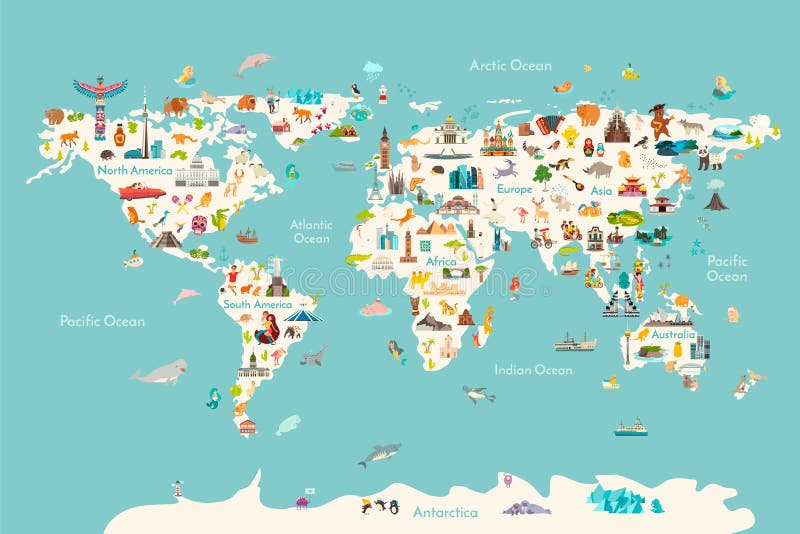Every evening in cities from Taipei to Marrakech, something magical stirs. Daylight traders close shop, neon signs flicker, and suddenly the city pulses with nocturnal energy: the midnight market. This isn’t just late-night shopping—it’s a microcosm of culture, commerce, community, and history.
What is a Midnight Market?
Unlike daytime farmer’s markets, midnight markets spring to life after dark—typically starting around dinner time and cascading into the early morning. Here, food stalls sizzle beside artisans, fortune-tellers whisper prophecies, and live music drifts through crowded alleys. They blend the entrepreneurial pulse of a flea market with the theatrical energy of street performance, creating a sensory tapestry where every bite, song, and transaction is alive.
Why We Love Them
- Authentic encounters: Vendors selling family recipes and handmade crafts.
- Cultural immersion: Passport-free world travel via spices, textiles, and cuisine.
- Economic democracy: Low-cost setups empower entrepreneurs with minimal capital.
- Urban vitality: Late-night activity boosts safety, transit use, and nightlife.
This post will take you on a global tour—tracing their roots, dishing out vibes, spotlighting iconic markets, and unpacking why they matter to cities and communities.

I. 🔍 A Brief History of Night Markets
Night markets aren’t modern novelties—they’re centuries in the making. China’s Tang dynasty (7th–10th century) saw the earliest evening bazaars in urban centers, though early forms were tightly controlled. Under the Song dynasty (10th–13th century), they expanded dramatically. Kaifeng and Hangzhou came alive at night with lantern-lit alleys featuring food, brothels, teahouses, and theaters—offering a medieval nightlife experience.
As trade routes extended, this night‑market culture traveled with merchants and migrants across East and Southeast Asia—influencing local traditions in Thailand, Vietnam, Malaysia, and Taiwan. Today, while some modernize with digital payments and themed nights, the heartbeat remains rooted in those age‑old lantern-lit beginnings.

II. 🌃 The Senses of the Night
Midnight markets captivate because they ignite the full sensory spectrum:
- 👁️ Sight: Neon lights, lanterns, colorful fabrics, artisans at work.
- 👃 Smell: Charred meats, spices, incense, sweet fried dough.
- 👂 Sound: Clanking woks, vendor chants, laughter, live drums or karaoke.
- 👅 Taste & Touch: Bite-sized street foods and tactile crafts invite exploration.
- 💓 Energy: Crowds ebb and flow in pedestrian alleys, spilling music and chatter—urban carnivals that shimmer under streetlights.
Whether you’re drawn by Taiwan’s stinky tofu or the hypnotic swirl of snake charmers in Marrakesh, night markets thrive on full-city engagement.

⚡ Batch 2 – Global Hotspots (~1,000 words)
III. 🌐 Iconic Midnight Markets Around the World
Let’s visit six standouts that define the global night market scene:
1. Taipei, Taiwan
- Ningxia Night Market: Cozy and concentrated, it’s famed for Michelin-acknowledged oyster omelets and pork pepper buns.
- Shilin Night Market: Taiwan’s largest, with 500+ stalls offering food, carnival games, and karaoke.
- Raohe Street Night Market: A picturesque 600m strip dotted with fortune-tellers, temples, games—pepper buns included.
These markets are immersive, sensory playgrounds in Taiwan’s urban tapestry.
2. Hong Kong – Temple Street Night Market
In Kowloon, this neon-lit corridor overflows with secondhand electronics, street food, opera performances, and palm reading—pure Chinatown after-dark energy.
3. Seoul, South Korea
- Gwangjang Market: A hive for rice cakes, mung bean pancakes (bindaetteok), bibimbap, and raw beef.
- Dongdaemun Night Market: Part shopping mecca, part culinary street, open until 2 AM or even 24/7, blending fashion and food.
Here, retail meets nocturnal dining in high-energy fusion.
4. Marrakech, Morocco – Djemaa el-Fna
This UNESCO-listed plaza morphs into an ancient theater nightly. Snake charmers, drum circles, henna artists, traditional foods, and souvenir stalls create one of the most iconic sensory experiences on Earth.
5. Kuala Lumpur, Malaysia – Jalan Alor
A street devoted entirely to food—from satay to bubble tea—where locals and tourists mingle, sharing stools under flares of charcoal smoke.
6. Luang Prabang, Laos – Night Market
Along the French-colonial streets, artisans display silk scarves, wooden carvings, silverware, and tea—quiet, reflective, beautifully curated.
Other notable markets include Ho Chi Minh’s Ben Thanh, Petaling Street in KL, and seasonal pop-ups in North American cities.

IV. 🎪 Micro-Markets & Pop-Up Events
Night markets also take modern forms:
- Queens Night Market (New York): A monthly event celebrating immigrants’ food and crafts, open until midnight, championing inclusivity and community growth.
- Midnight Market (Atlanta, Jersey City): Flash events in parks showcasing local artisans, DJs, food trucks—community incubators powered by moonlight.
These modern iterations often feature themes, sustainability, and digital ticketing—showing versatility beyond daily markets.

⚡ Batch 3 – Culture, Economy, Urban Impact (~1,000 words)
V. 🛍️ Beyond Food: Culture & Commerce
Night markets are far from just food halls:
- Artisan stalls: Handmade jewelry, vintage textiles, local art.
- Street performance: Musicians, magicians, cultural rituals, karaoke.
- Fortune-telling: Tarot, palmistry, cultural guru booths.
- Platform for newcomers: Immigrant-run stalls in Queens Night Market reflect diasporic entrepreneurship.
They act as grassroots incubators: low barrier, high exposure, minimal infrastructure but high cultural value.

VI. 🌆 Market as Ecosystem
Night markets function as economic ecosystems:
- Entrepreneurism: Vendors launch with few resources, test viability in real-time.
- Vendor networks: Stalls often form clusters—food, crafts, electronics—promoting mutual foot traffic.
- Nightlife chains: Visitors arriving at a market may proceed to bars, clubs, street art zones—spurring surrounding economy.
Challenges include regulation balance (health, safety), gentrification (rising rents crowding out stalls), and vendor fairness (permit access).
VII. 🍃 Ecological & Urban Effects
These bustling hubs shape cities:
- Waste & cleanliness: Food packaging and litter require robust waste systems—but cleaning crews also get late-night work.
- Lighting & energy: Neon lighting attracts crowds but ups electricity use.
- Transit patterns: Ridership spikes during market hours—cities like Taipei and Seoul add late-night trains.
- Urban vibrancy: Active streets reduce crime. Presence deters undesirable activities and fosters pedestrian safety.
Markets are living urban tools: unplanned, yet rich in systemic impact.
⚡ Batch 4 – Future & Conclusion (~1,000 words)
VIII. 🚀 The Future of Midnight Markets
A look ahead:
- Tech integration: QR codes, e‑wallets, vendor apps, pop-up dashboards.
- Augmented reality: Virtual stall previews, gamified scavenger hunts (“collect stamps from five countries tonight!”).
- Sustainability: Edible packaging, bulk stalls, solar-lit alleys.
- Global diaspora and localism: Queens-style micro‑markets offer glocal diversity—local venues, global offerings.
- Health & safety post-pandemic: Individually boxed bites, spaced seating, health-screening kiosks.
For emerging cities, night markets offer culturally-grounded, community-driven tourism more sustainable than large-scale developments.
IX. 🤝 Why Midnight Markets Matter
These nightly gatherings do more than feed and entertain:
- Cultural continuity: Revive trade tradition, folk arts, street performance.
- Economic opportunity: Grassroots business models with low startup cost.
- Community resilience: Belonging, exchange, celebration of diversity.
- Urban vitality: Safer, fuller streets after dark.
They reflect humanity’s nocturnal yearning for connection, creativity, and commerce under city lights.
X. 🏁 Conclusion
As cities grow, spanning 24-hour economies, midnight markets emerge as touchstones of nostalgia, innovation, and sustainability. They are nightly platforms where culture, commerce, and community intersect under neon-lit canopies. They are where small enterprises are incubated, traditions honored, and possibilities tested—always in the warm glow of evening.
In the ever-accelerating pace of modern life, midnight markets remind us: the best parts of a city often take shape after sunset. And in that twilight economy, every noodle, trinket, and whispered tale matters—because at the heart of it, we are nocturnal storytellers gathering together under lantern light, seeking connection one transaction at a time.
